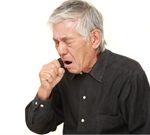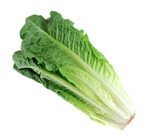
The holiday season can give you real headaches, but you can take action to prevent them, an expert says. To reduce stress, make plans well in advance and know your limits, advised Dr. Bing Liao, a neurologist at Houston Methodist. “The nature of the holiday season already increases stress levels, so finding small ways to reduce schedule stress can help ward off a headache,” Liao said in a hospital news release. “This can mean planning well in advance to avoid the hassle of making last minute travel plans, or deciding not to attend a party at the end of a long day.” Be sure you have an adequate supply or a refill of your prescription medications before the holidays, she advised. Missing doses or cutting back could trigger a headache or even serious side effects. “Don’t binge anything during the holidays — food, alcohol, or television,” Liao said. “We all know how a hangover can affect the brain, but most don’t realize that overeating can also trigger a headache. And having the next day off from work doesn’t mean you should stay up late watching holiday movies. The brain needs the same amount of sleep during the holidays as it does the rest of the year, so stick with your usual bedtime.” Running holiday errands can lead to skipped meals and dehydration, which can trigger… read on >
















